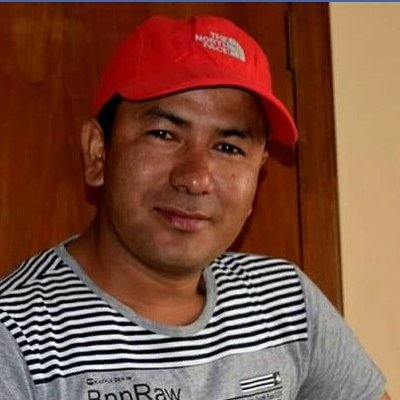Sudurpaschim Province
In the far-west, dozens of women lose their lives while fetching fodder every year
In the last three years, 41 people have died while fetching fodder in hills—of them, six were men and 35 women.
Basant Pratap Singh
In April 2018, 19-year-old Dammara Bohara of Bitthadchir in Bajhang fell off a steep hill, called bangasalla, where she had been fetching fodder for her cattle. As is the norm in far-west villages, farmers go up the hills to cut weed and grass to feed the cattle. Bohara was doing the same when she slipped, fell down the hill and died on the spot.
Every year, dozens like Bohora lose their lives during these risky endeavours. Bohara is survived by her husband, Harish Bohara, who is 22, and her two sons. She is the third from her family to die this way. In 2003, her sister fell off the same hill; a decade later, in 2014, it was her mother-in-law.
Within the last five years, at least 17 people have died similarly in Bitthadchir and Baitadi’s Chaukham, according to Janaki Bohara, deputy chair of Bitthadchir Rural Municipality.
“Every year, there are at least a couple of people who die this way,” Bohara said. “Sometimes, up to three people have died falling off the same Bangasalla hill.” Not just Bangasalla, the Paankot cliff across Chainpur, the district headquarters, is equally precarious.
Sushila Khadka, a local of Hemantawada village, said she has seen 23 deaths in Paankot in the 18 years she has lived in this village after marriage. “Not a single year goes by without seeing at least a couple of deaths,” Khadka said.
This cause of death is widespread in these two districts, where seven persons have died in the Nepali month of Ashoj alone. In Bajhang, 41 people have died in the last three years, of them, six men and 35 women.
The figures could be more since several of the deaths go unreported and unregistered, said Bajhang’s DSP Ganesh Bam. Baitadi’s DSP Dilli Narayan Pandey said many people perform final rites without informing the police, so the number might be more than what is registered at his office.
A majority of people who die in these accidents are women. Uma KC, a women’s rights activist, said that while a number of women in the far-west lose their lives during childbirth, the number of deaths falling off the cliffs far exceeds. “While two or three women die during childbirth, the number of women who fall off the cliffs is more than 30 every year,” KC said. “And because fetching fodder for cattle is a job that is allocated mostly to women in patriarchal societies, it’s the women who suffer the most.”
And even though locals know the hills are risky, they can’t make do without visiting the hills for cattle fodder. “We have to tend cattle for income, and it’s the risky hills that are the sources of fodder,” said Pudke Khadka, a local of Bajhang’s Jaya Prithvi Municipality, whose wife, Kidi Khadka, died falling off the hill two years ago. Six people in the village have lost their lives since Kidi’s death falling off the same Lullure Danda.
In far-west districts, the primary occupation of people is agriculture. They depend on farming and animal husbandry for a living. “There’s no other option,” said Kaushilya Bhandari, a housewife, from Baitadi’s Pancheswore Rural Municipality. “We know the hills are risky, but we also need grass for cattle.”
To provide a solution, the District Veterinary Hospital has coordinated with the Agriculture Research Centre and various NGOs to distribute seeds and saplings of cattle fodder to farmers, according to Pashupati Nath, chief of the Hospital. But this has not been as effective as expected. Nath said it’s because people are not willing to give up the traditional method of fetching grass.
“The local levels should take up an initiative to promote awareness and launch drives to plant grass in areas that are accessible to reduce risk for the people,” Nath said.
Tripti Shahi from Baitadi contributed to this report.




 17.49°C Kathmandu
17.49°C Kathmandu













